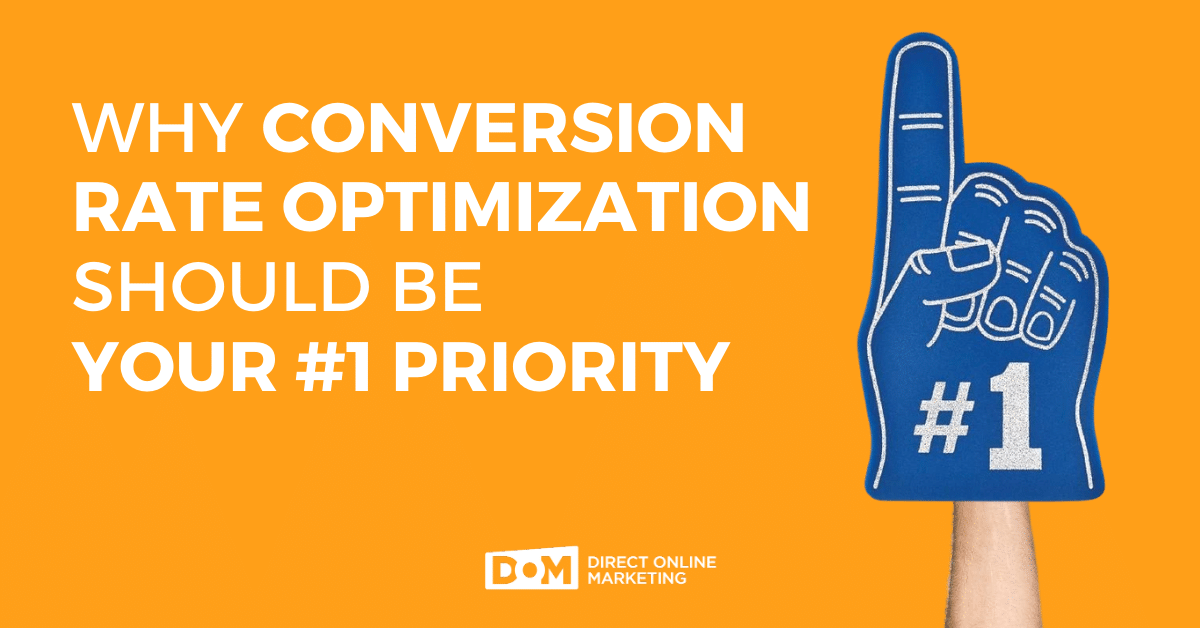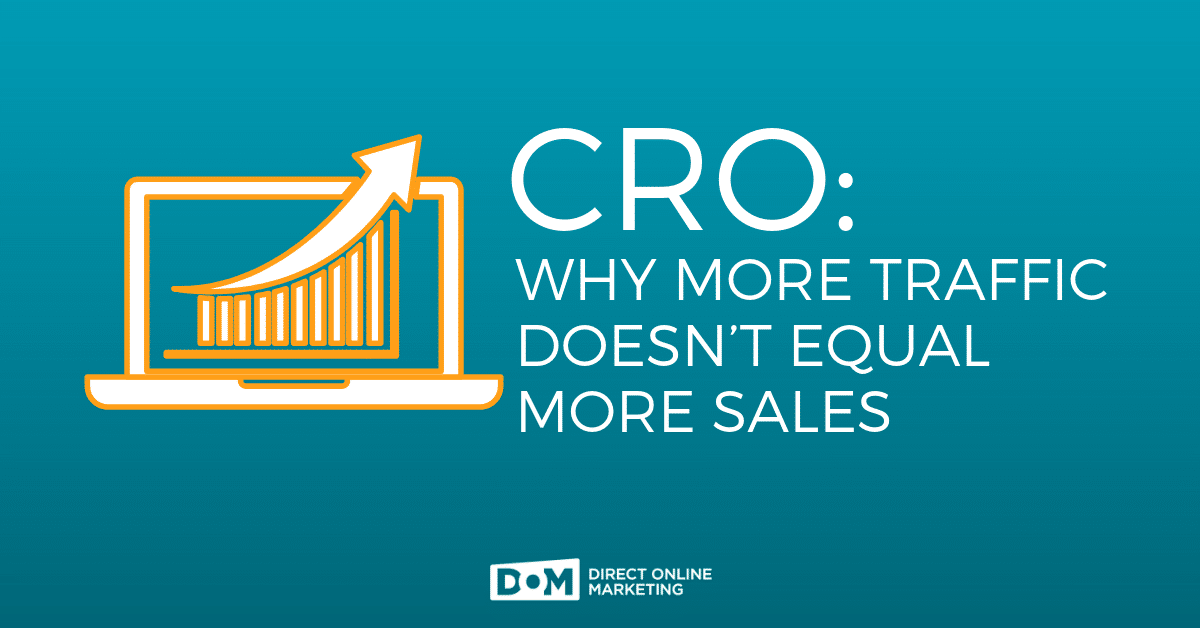
Conversion rate optimization is the use of analytics and user feedback to improve your website. CRO can be used to improve any element on your website that’s significant to your business. These are often called key performance indicators (KPIs). Conversion is just another way of saying “a sale,” if you’re selling something, or a consultation if you’re offering a visitor one — a conversion is a customer doing what you want them to do.
To put it another way, it helps to increase the percentage of website visitors who become customers. In this quick beginner’s guide, I will offer you some tips to help you get testing!
Avoid Blind Testing
When first starting out with CRO it can be quite a daunting task to figure out what exactly you should test. While you might be able to guess at certain aspects of the site that could use improvements and you might be right occasionally it’s best to use tools that help you address these issues.
One such tool is a heat map. This allows you to record user sessions on your site and see the areas that are “hot” (receive clicks/activity) and the areas that are not and could use some improvements.
With the data from these tools, you can start coming up with various ways in which to improve your website and correct the issues that are present. For instance, if you are trying to drive traffic to your request-a-quote page and that area of your site is cold, then you know you need to reposition the link in a more active area of the site.
Recording software, another useful type of tool, allows you to record all of the mouse movements that are made on a website and to play them back in video format. These are powerful tools that can show you exactly how a user interacts with your site and their process from page to page. This gives you the ability to see where users may be having navigation issues, ultimately helping you improve the layout of your site and make it more intuitive to the user.
A QUICK GLOSSARY OF TERMS
Before we get into the nuts and bolts of what those optimization tests mean, let’s make sure we’re all talking about the same things.
- CRO: Conversion rate optimization is the subject of this post and a great way to maximize your content
- A/B Test: a method of web development where half of your audience sees one version of a page and the other half a different version, usually with only one element changed. The goal is to find out which one performs better
- A/A Test: a test between two identical pages
- Multivariate test: a test between two pages that feature multiple differences instead of just one
- Margin of error: the threshold of statistically insignificant difference. A percentage difference greater than the margin of error is the only kind you should use
- Statistical significance: if the results of your test are too small to be conclusive, or are within the margin of error, you should not rely on them
TRY AN A/A TEST FIRST
We’re about to get into A/B testing, but CRO best practices have evolved to include a brief A/A test first. An A/A test is when you deploy identical versions of the same page and then analyze the metrics. If you see a massive difference between results (more than a small statistical variance), then you know there’s something amiss with your reporting software.
Test for Significance
Once you have created a solid hypothesis it’s time to put it to the test. After setting up an A/B or multivariate test it’s important to let it run long enough to generate enough traffic to determine a clear result of statistical significance.
If you run a test for only a short period of time your results may not actually reflect the true impact of the changes. For example, if you made changes to a site and the next week you get conversions, while it’s likely that the changes caused the conversions there is still the possibility of that just being a good week for sales regardless of the changes made. When the test is allowed to run for a longer period it becomes much less likely that the results are due simply to chance.
The usual benchmark for statistical significance in CRO is 90%. This means that there is a 90% chance that the effects of our experiment would be less extreme if the control and experimental groups were the same. Another way to think about it is that there is a 10% chance that we would get the same result if the control and experimental groups were identical.
WHAT DO I TEST?
With so many elements that make up a web page, you might look at what you already have and wonder what, if anything, you can change. The goal is to try something that you might think will lead to more conversions, after all, so don’t be afraid to make a big change, like the main image or headline. You might even try changing a product description or service explanation. Another good test to make is how buttons are arranged and where your calls to action are located. This is your opportunity to see what will actually move the needle on your business’s online efforts. Here’s a list to get you started:
- Main or “hero” image
- Headline
- Product description
- Service explanation
- Supplemental images
- Button labels and placement
- A video instead of an image
- An image instead of text
- A sidebar (or removing the sidebar)
- A call to action
Test Big
While A/B tests are very useful for changing one element at a time, it can take time to complete multiple changes when one A/B test can take 4 weeks or more to complete.
Multi-variate testing allows you to make adjustments to various aspects of the webpage and test them all at once. This is useful when changing multiple elements with the same end goal and can eliminate the need for multiple A/B tests. When multi-variate testing with a program such as Optimizely, the program will take the various element changes and test them to find the best combination for improving the page for a given goal.
Before running a multivariate test it’s important to find the sample size that you will need for each variation to reach a statistically significant result. You will need a decent amount of traffic as the test will be splitting traffic between the various elements you made changes to. If traffic to the page you would like to test is low, consider using an A/B test instead of a multivariate test.
Constantly Test New Changes & Final Thoughts
Once you have run a test on your site it’s important to keep going. Just because one test was successful and provided an increase to your conversion rate does not mean that the page is now perfect.

There is almost always room for improvement on a webpage; continual testing is the best way to ensure that you are constantly using the most effective page that you can. Test as many variations of different page elements as you can to find the best page layout for your audience.
If you have any questions, or if you would like to schedule a free, no-obligation consultation, get in touch.



